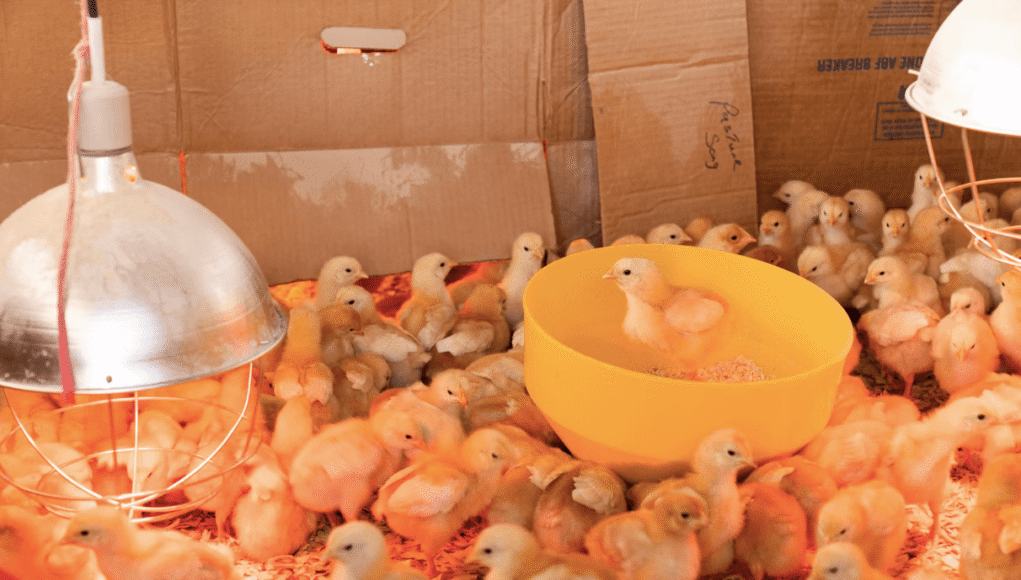In the world of sustainable farming, finding creative ways to care for your chicks can be both rewarding and environmentally friendly. One approach that has gained popularity is the use of upcycled brooder box ideas. By repurposing materials that might otherwise go to waste, you can create functional and unique brooder boxes for your feathered friends. In this article, we’ll explore some innovative concepts that can inspire your next brooder box project.

What is Upcycling?
Before diving into specific ideas, it’s important to understand what upcycling means. Unlike recycling, which breaks down materials to create something new, upcycling involves reusing items in their current form to improve their value or functionality. In the context of brooder boxes, this means transforming everyday objects into cozy and efficient homes for your chicks.
Why Choose Upcycled Brooder Boxes?
Choosing to use upcycled materials for your brooder boxes offers several benefits. Firstly, it helps reduce waste, promoting a more sustainable lifestyle. Additionally, it can be cost-effective, as you can often find suitable materials around your home or community. Finally, upcycled brooder boxes allow for customization, enabling you to create a unique space tailored to the needs of your chicks.
Materials to Consider for Upcycling
When embarking on an upcycled brooder box project, the materials you choose are crucial. Here are some ideas to get you started:
- Old Furniture: Repurpose items like dressers or cabinets by removing drawers and adding mesh for ventilation.
- Plastic Storage Bins: These can be easily modified by adding ventilation holes and a heat source.
- Cardboard Boxes: While not as durable, they can be a temporary solution with proper reinforcement.
Designing Your Upcycled Brooder Box
Designing your brooder box is where creativity comes into play. Consider the following elements to ensure a safe and comfortable environment for your chicks:
- Ventilation: Proper airflow is essential to prevent overheating and ensure your chicks have fresh air.
- Heat Source: A reliable heat lamp or pad is necessary to maintain the right temperature for your chicks.
- Accessibility: Design the box to allow easy access for feeding and cleaning.
For more information on maintaining brooder hygiene, check out our guide on brooder maintenance.
Creative Upcycled Brooder Box Ideas
Here are some creative concepts for your next upcycled brooder box project:
- Bookcase Brooder: Convert an old bookcase by adding plexiglass doors and a heat lamp.
- Vintage Suitcase: Transform a vintage suitcase into a chic brooder by adding ventilation and a heat source.
- Pallet Wood Creation: Use reclaimed pallet wood to build a rustic and sturdy brooder box.
Remember, the key is to ensure safety and comfort for your chicks while embracing your creativity.
Maintaining Your Upcycled Brooder Box
Once your brooder box is complete, regular maintenance is crucial. Ensure you clean your brooder regularly to prevent disease and odor. Additionally, monitor the temperature to keep your chicks comfortable.
FAQ
Q: How do I ensure my upcycled brooder box is safe?
A: Ensure all materials are non-toxic and free from sharp edges. Proper ventilation and a stable heat source are also essential.
Q: Can I use a cardboard box for a brooder?
A: Yes, but it’s best for temporary use. Reinforce it to prevent collapse and ensure it doesn’t get wet.
Q: Where can I find materials for upcycling?
A: Look around your home, visit thrift stores, or check online marketplaces for reusable items.
For more detailed guidance on setting up and maintaining a brooder, visit The Tiny Life.

Conclusion
Embracing upcycled brooder box ideas is a wonderful way to care for your chicks sustainably. Not only does it reduce waste, but it also offers a chance to create something unique and tailored to your needs. By choosing the right materials and design, you can provide a safe and comfortable environment for your chicks to thrive. Whether you’re a seasoned chicken enthusiast or new to chick care, these ideas can inspire and guide you in your sustainable farming journey.
This article contains affiliate links. We may earn a commission at no extra cost to you.











